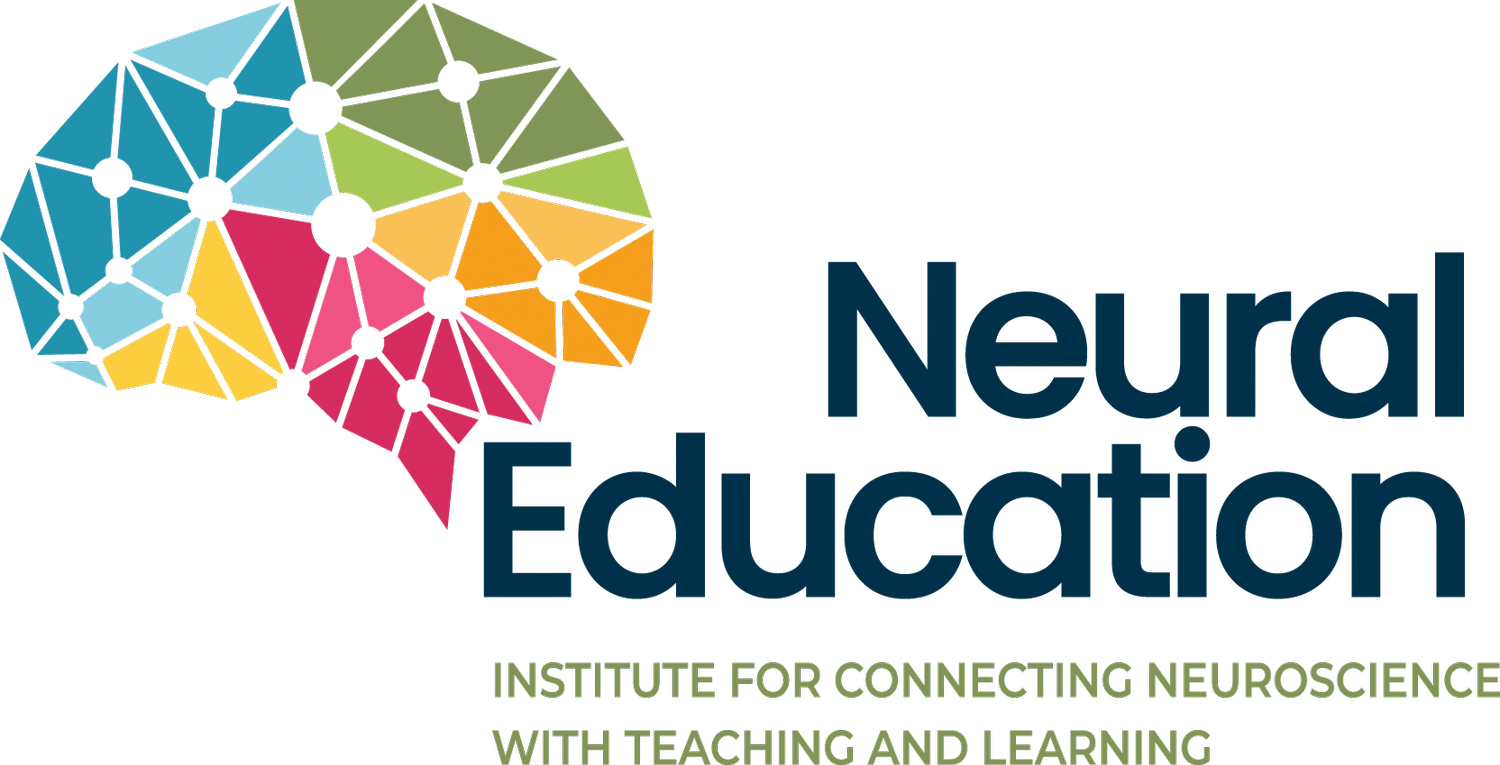The Limits of Big Data
This past Monday was the second session of our spring book study here at Neural Ed. We’ve been digging into Street Data (paid link) by Shane Safir and Jamila Dugan and their insights into our over-reliance on big data to improve education. Using the Neural Ed Challenge Cycle to support our inquiry into their work, we had a rich discussion about the pursuit of educational equity.
Session 2 of our Street Data book study
The levels of data introduced by Safir and Dugan, Satellite Data and Street Data, are analogous to the ideas of big data and thick data. In education, we have come to rely on big data (results from standardized testing and mass surveys) to drive our discussions on school improvement. The benefit of this data is that we can identify patterns and reveal insights through quantified data points. However, this overreliance on big data diminishes our ability to recognize the social context and complexity inherent in systemic issues. So the question becomes, how can we shift the education system’s focus from big data towards street data to not just improve education but to transform the educational experience of children and families at the margins?
Interested in reading Street Data with us? Registration is free and Washington State clock hours are available.
Neural Ed is able to facilitate book studies for all educators free of charge, thanks to the generosity of our donors. For this Teacher’s Appreciation Week (May 6-10), please consider donating to support our mission of transforming education by connecting neuroscience with teaching and learning. Your generous donation can make a profound impact on the future of education, fostering more inclusive and equitable learning environments for all.

